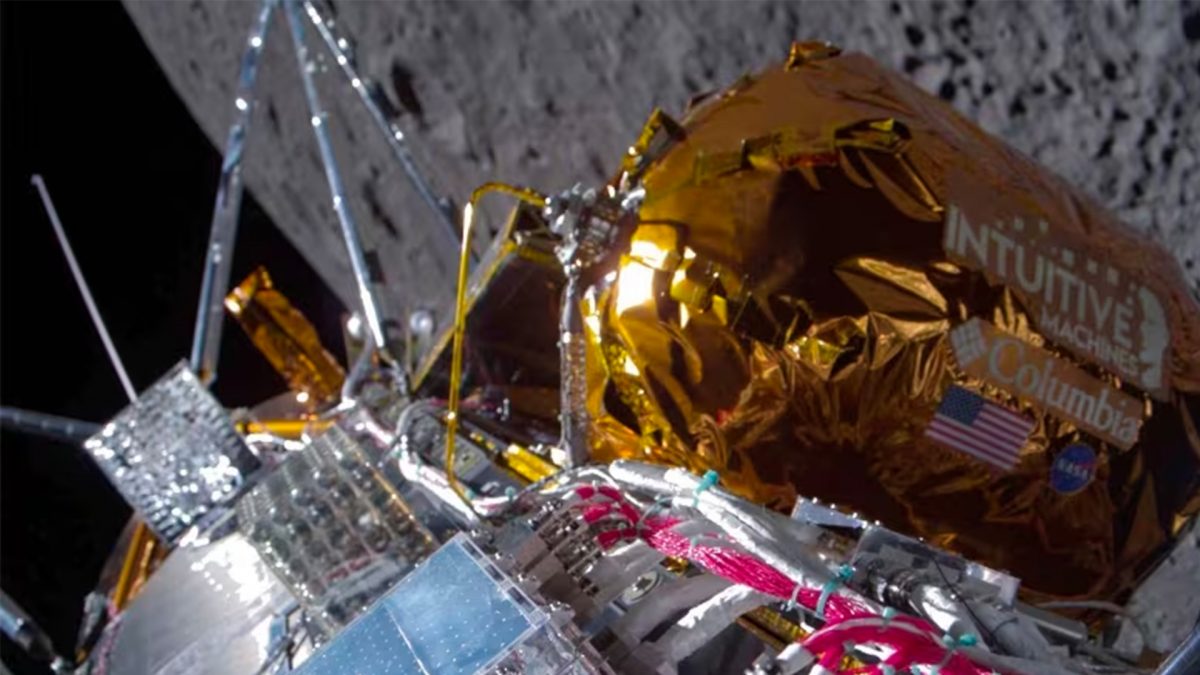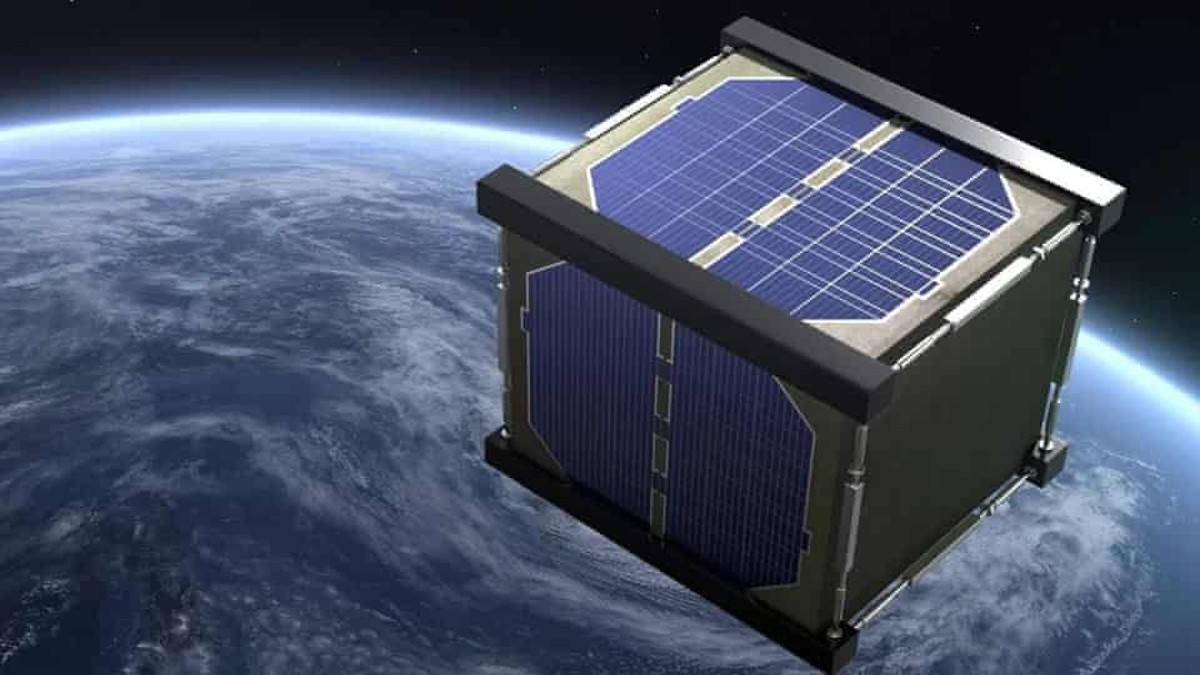After a mechanical problem took NASA Mars rover Curiosity’s drill offline in December 2016, it has now successfully tested a new drilling method on the Red Planet, making a 50-millimetre deep hole in a target called “Duluth”, NASA has said.
Engineers working with the Curiosity Mars rover have been hard at work testing a new way for the rover to drill rocks and extract powder from them.
On May 20, that effort produced the first drilled sample on Mars in more than a year, NASA said in a statement on 23 May.
The new technique, called Feed Extended Drilling, keeps the drill’s bit extended out past two stabiliser posts that were originally used to steady the drill against Martian rocks.
It lets Curiosity drill using the force of its robotic arm, a little more like the way a human would drill into a wall at home.
“The team used tremendous ingenuity to devise a new drilling technique and implement it on another planet,” said Curiosity Deputy Project Manager Steve Lee of NASA’s Jet Propulsion Laboratory in Pasadena, California.
“Those are two vital inches of innovation from 60 million miles away. We’re thrilled that the result was so successful,” Lee said.
Drilling is a vitally important part of Curiosity’s capabilities to study Mars.
Inside the rover are two laboratories that are able to conduct chemical and mineralogical analyses of rock and soil samples.
The samples are acquired from Gale Crater, which the rover has been exploring since 2012.
“We’ve been developing this new drilling technique for over a year, but our job isn’t done once a sample has been collected on Mars,” said JPL’s Tom Green, a systems engineer who helped develop and test Curiosity’s new drilling method.
“With each new test, we closely examine the data to look for improvements we can make and then head back to our test bed to iterate on the process.”
There’s also the next step to work on — delivering the rock sample from the drill bit to the two laboratories inside the rover.
As soon as this 25 May, the Curiosity team will test a new process for delivering samples into the rover’s laboratories, NASA said.


)




)
)
)
)
)
)
)
)